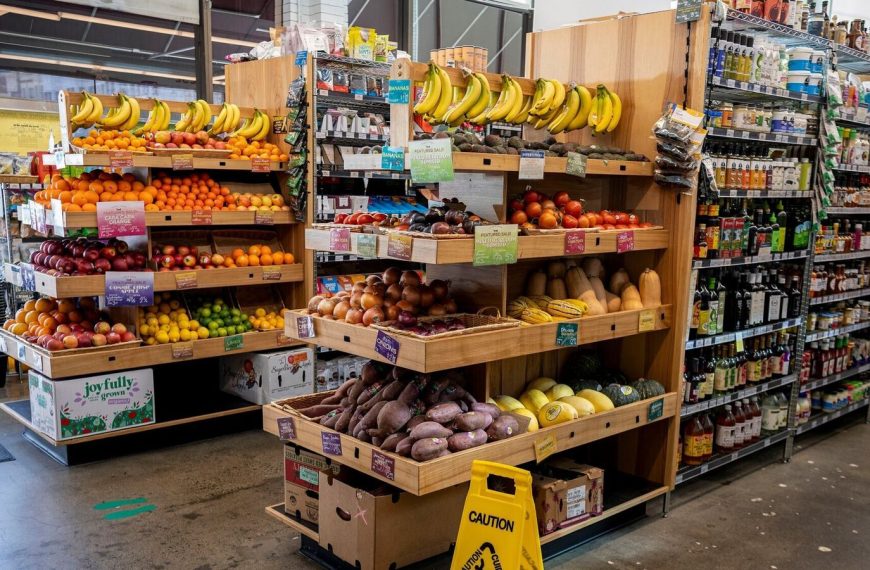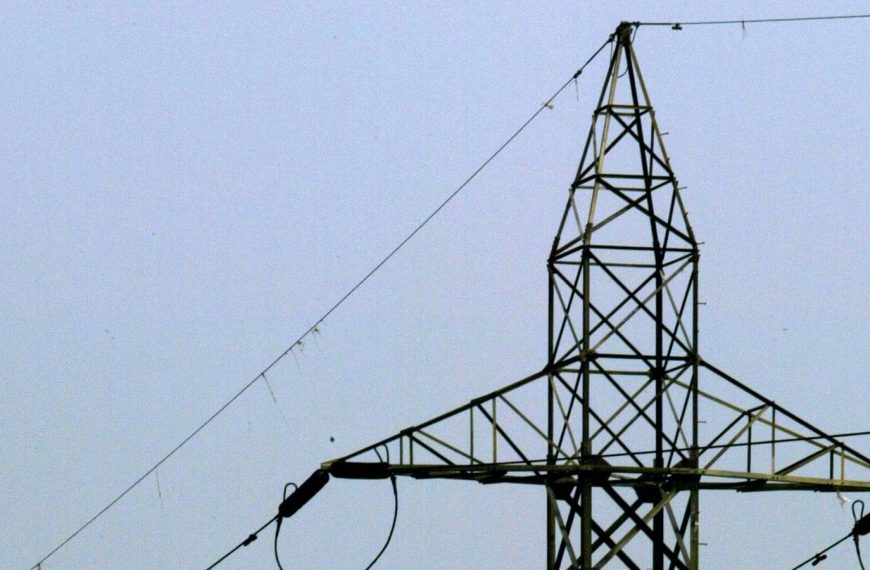In a significant move, India has formally presented a proposal to the World Trade Organization (WTO) aimed at imposing retaliatory tariffs against the United States. This step comes in response to the controversial tariffs implemented by former President Donald Trump on steel and aluminum. Dated May 9, 2025, the proposal has sparked discussions within the WTO, highlighting the ongoing tensions in international trade relations.
India’s Proposal: Key Details and Implications
The WTO has confirmed that India’s proposal addresses safeguard measures affecting approximately $7.6 billion worth of imports into the U.S. from India. The anticipated duty collection could reach as high as $1.91 billion. The proposal underscores India’s position that the U.S. tariffs are inconsistent with the General Agreement on Tariffs and Trade (GATT) of 1994 and the Agreement on Safeguards (AoS).
- Key Components of the Proposal:
- Suspension of concessions equivalent to the duties collected from U.S. goods.
- Increase in tariffs on selected U.S. products.
- Notification to the Council for Trade in Goods and the Committee on Safeguards regarding next steps.
India’s assertion emphasizes its right to take necessary actions to counteract adverse impacts on its trade caused by U.S. measures.
Background on U.S. Tariffs and India’s Response
In April 2018, Trump introduced tariffs of 25% on steel and 10% on aluminum, citing national security as the rationale. India sought consultations under the WTO framework, but the U.S. maintained that these tariffs did not fall under safeguard measures.
In response, India retaliated in June 2019 by imposing customs duties on 28 U.S. products, including almonds and walnuts, and subsequently filed a complaint with the WTO.
The Bigger Picture: Bilateral Trade Relations
This proposal emerges at a critical juncture as both countries engage in negotiations for a bilateral trade agreement (BTA). As part of these discussions, an Indian delegation is set to visit the U.S. soon, aiming to address trade concerns and possibly ease tensions.
In conclusion, India’s move at the WTO reflects its ongoing commitment to defending its trade interests amidst challenging international dynamics. As the situation unfolds, the global trade community will be closely watching the developments between these two major economies.











